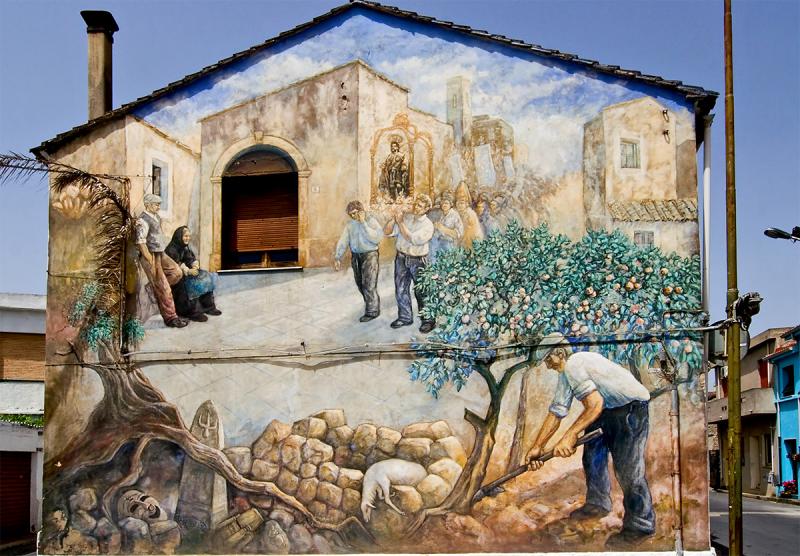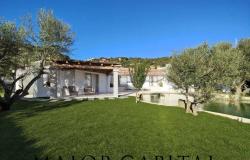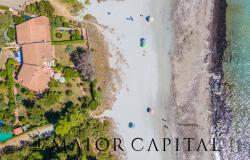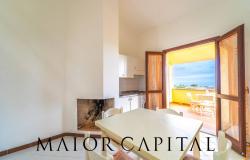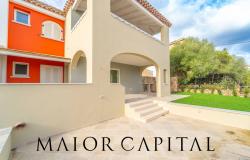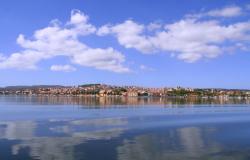Sardinia is known to tourists mainly for its fantastic coastline with azure waters and perfect white beaches. Like Australia, Sardinia seems to be an island which is only populated around the edges: very few venture into the interior.
People who fly into Cagliari generally head for the Costa del Sud or the Golfo di Cagliari to the east, but not many of them will go only 20 or so miles inland to the village of San Sperate, population 7,000, a unique settlement which is a kind of living art gallery.
San Sperate is a village of murals, (describing itself as a paese museo) with a total of 320 large wall paintings. Walking through the streets is rather like walking along a huge comic strip, a surreal parallel world with painted characters in fantasy settings on the walls. Even the trees are painted in vivid primary colours. What a refreshing change from the graffiti which ruin so many places.

The idea of painting the walls of its houses came from the local artist Pinuccio Sciola on return from staying abroad in the 1960s. Soon painters from all over the world came to add their own different styles and techniques and the village was transformed, with an amazing mixture of murals, from trompe l’oeil windows, verandahs and lines of washing, to historic scenes of village life 100 years ago, and copies of famous works of art. Sciola is also Sardinia’s best known sculptor, and there are examples of his work, carved from the local stone and which are clearly related to the prehistoric monuments of Sardinian nuraghic “giants’ tombs” burial sites.

You don’t need to hire a car to get there: a bus from Piazza Matteotti in Cagliari will take you to the centre of San Sperate: get off as soon as you see a mural of a large mask on the gable end of a house. This is a copy of a Bronze Age mask actually found in the village and now kept in the national museum in Cagliari.
From there, wander down via Sassari and you’ll see murals of the history of San Sperate, a Picasso-esque house wall of distorted brightly coloured images, and a high white wall painted to resemble a space for hanging agricultural implements, depicted so realistically with shadows that they look ready to be unhooked and used.

Elsewhere there are curiosities like a house which appears to be wrapped in paper with a corner torn off, or painted groups of people chatting in front of arcades or abstract patterns. One artist must have been a Piero della Francesca fan because there are several copies of his most famous paintings scattered throughout the village, including one next to the bakery with its rather more mundane image depicting a bread oven.
And if all that art-viewing has given you an appetite and you need a delicious lunch, you need look no further than the modest trattoria on the main street, which serves the most delicious ravioli in orange sauce.


